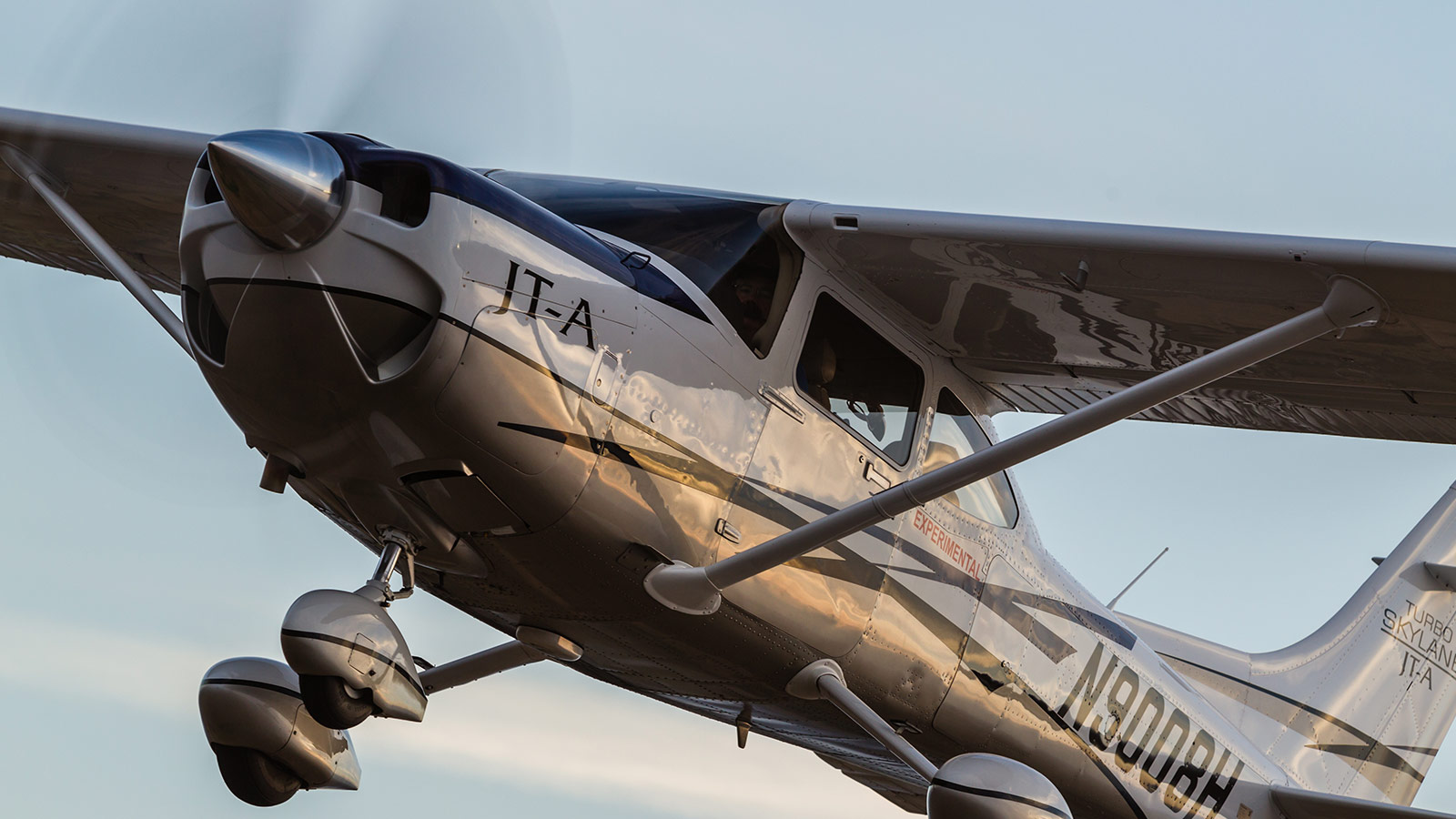Weighing the Risks
SAFETY SPOTLIGHT: Maneuvering Flight

What exactly is considered maneuvering flight? Basically, every flight enters a brief maneuvering phase in the traffic pattern and during takeoff and landing. Other flights performed close to the ground—such as low-level passes, aerobatics, or buzzing are also considered maneuvering. Additional forms of maneuvering flight include formation, aerial observations, aerial application, and canyon flying.
...others are tempted to demonstrate their skills, often operating impromptu. Their demise is frequently preceded by those famous last words, “Watch this!”When done right, maneuvering flights demonstrate skill and professionalism—however, done wrong they usually end deadly.
Let’s review a clear distinction between pilots performing legitimate versus reckless maneuvering flight activities.
Pilots in the first group are well aware of risks—they take precautions to limit operations within the confines of their aircraft and environment, following a clearly defined safety envelope.
The second group fails to understand the hazards or deliberately takes significant risks. Some have successfully tempted fate on previous flights and are under the unfortunate impression that success will repeat itself; others are tempted to demonstrate their skills, often operating impromptu. Their demise is frequently preceded by those famous last words, “Watch this!”
Loss of Control
It’s safe to say that when maneuvering flight goes wrong, it usually ends in loss of control (LOC), whether an unrecoverable stall/spin or controlled flight into terrain.
Pilot Safety Announcement: Real Aviation Heroes
While humorous in presentation, this pilot safety announcement tackles a very serious problem: Irresponsible behavior of pilots who are influenced by bad judgment and fail to understand the risks of hazardous maneuvering, or who deliberately take significant risks. Watch this!
